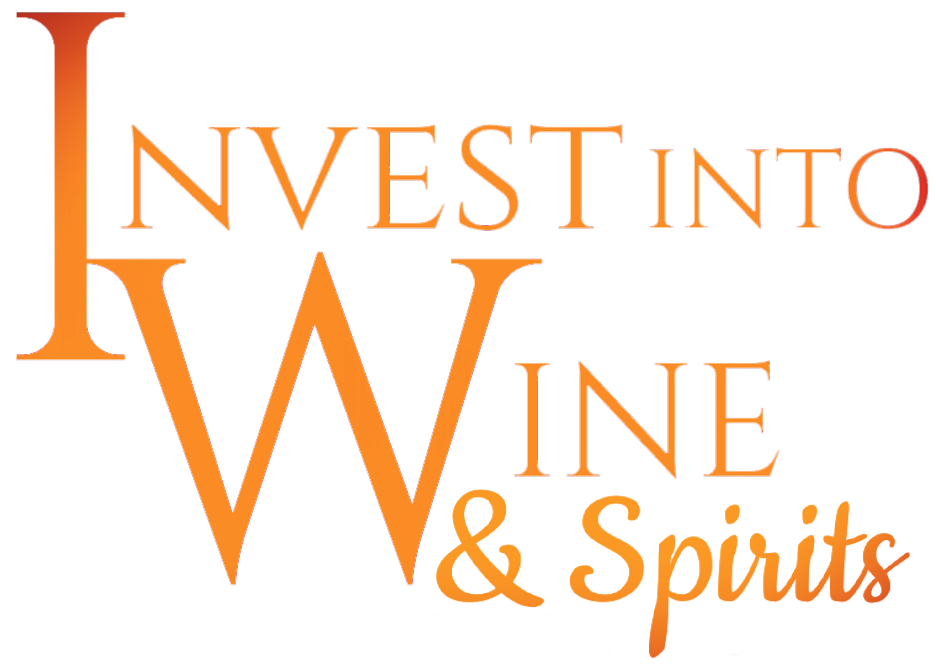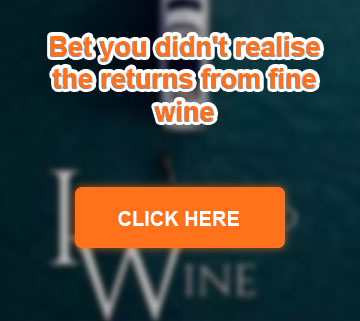The Labeling Lies of Expensive Wines
Read more at http://www.wine-searcher.com/m/2016/01/the-labeling-lies-of-expensive-wines
The more you pay for wine, the less you know about how much alcohol is in it.
This is one of the more interesting findings in a study published this week called “Splendide Mendax: False Label Claims About High and Rising Alcohol Content of Wine.” Producers of wines retailing at more than $40 are less honest about the actual alcohol in their wine than producers of cheaper wine.
It won’t be news to anyone that alcohol levels are going up. However, some might be surprised to learn that they are rising faster in most of France than in California.
The study, published by five authors in the Journal of Wine Economics, looks at 18 years of data from the Liquor Control Board of Ontario, which tests every wine sold in that Canadian province for its actual alcohol level. The study included 91,000 wines from around the world. The authors did not include German Rieslings or dessert wines.
One of the hypotheses they wanted to check was whether rising alcohol levels in wine could be attributed to global warming. They found that while average temperatures are rising in wine production areas, “climate change has not been the main factor driving the steady, systematic, and pervasive rise in the alcohol content of wine”.
Wines averaged 12.7 percent actual alcohol in the first year of the study, 1992, and by 2006 that average was up to 13.5 percent. Average temperatures in some – not all – wine regions have gone up 1 or 2 degrees Celsius, but “…it would take a whopping 20 degrees Fahrenheit [11 Celsius] increase in the average temperature in the growing season to account for a 1 percentage point increase in the average alcohol content of wine.”
Winemaker choice is driving the increase, the authors conclude. They say that winemakers told them “they chose to understate the alcohol content on a particular wine label, within the range of error permitted by the law, because they believed that it would be advantageous for marketing the wine to have a stated alcohol content closer to what consumers would expect to find in a high quality wine of the type in question.”
So how much are wineries fibbing? In Canada, there is no national standard of tolerance for alcohol level label discrepancies, unlike the European Union, which allows only a 0.5 percent error in either direction. The United States allows 1 percent on wines over 14 percent alcohol, and 1.5 percent on wines under 14 percent. So many American wine drinkers have long assumed that it is the lower alcohol wines – and also the cheaper, mass produced wines – for which the label alcohol is less accurate.
But this isn’t true.
The more expensive the wine, the higher the label discrepancy. Wines under $10 have the most accurate labels, followed by wines $10-$20, then wines $20-$30, and so on.
Almost every country fibs about its alcohol levels, and every country underreports it on average. The most honest is Portugal, where the average 0.05 percentage-point discrepancy might be a rounding error.
The biggest fibber is Chile, where the average wine has 0.27 percentage points more alcohol than the label says. Argentina, the United States and Spain are the next least honest.
The paper speculates that each country’s winemakers have an ideal alcohol percentage for sales purposes that they would like to put on the label. It then uses some fuzzy logic to suggest that the label alcohol is some compromise between the actual alcohol and this ideal percentage. This raises the question of why, if it’s legal to print the ideal percentage (in many cases in the US it is), wineries wouldn’t just do so. One need only look at the number of US wines listed at 14.5 percent alcohol.
Read more on wine searcher.





